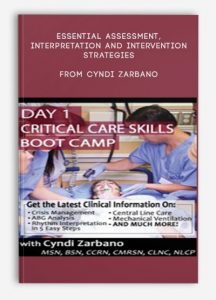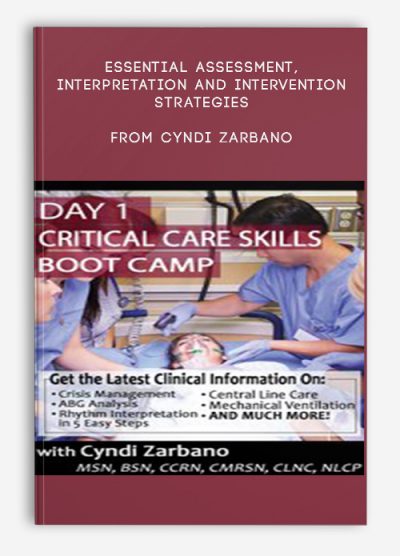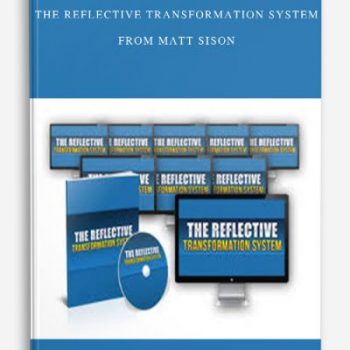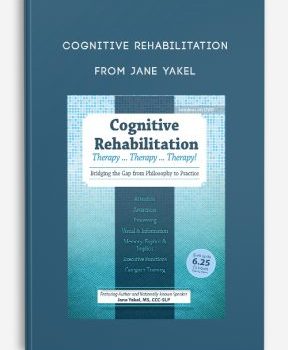 Essential Assessment, Interpretation and Intervention Strategies from Cyndi Zarbano
Essential Assessment, Interpretation and Intervention Strategies from Cyndi Zarbano
More information about Medical:
Medicine is the science and practice of establishing the diagnosis, prognosis, treatment, and prevention of disease.
Medicine encompasses a variety of health care practices evolved to maintain and restore health by the prevention and treatment of illness.
Contemporary medicine applies biomedical sciences, biomedical research, genetics, and medical technology to diagnose, treat, and prevent injury and disease,
typically through pharmaceuticals or surgery, but also through therapies as diverse as psychotherapy, external splints and traction, medical devices, biologics, and ionizing radiation, amongst others.
Medicine has been around for thousands of years, during most of which it was an art (an area of skill and knowledge) frequently having connections to the religious and
philosophical beliefs of local culture. For example, a medicine man would apply herbs and say prayers for healing, or an ancient philosopher and physician would apply bloodletting according to the theories of humorism.
In recent centuries, since the advent of modern science, most medicine has become a combination of art and science (both basic and applied, under the umbrella of medical science).
While stitching technique for sutures is an art learned through practice, the knowledge of what happens at the cellular and molecular level in the tissues being stitched arises through science.
Description:
Critically ill patients are everywhere these days – on the Med-Surg floor, in the ICU, the PACU, the ED, the OR, even long-term care! A good working knowledge of the concepts for managing high-acuity patients is indispensable.
Join Cyndi Zarbano and learn the latest in essential critical care skills that you must know to be successful, including:
- Rapid Assessment
- ABG Analysis
- Central Line Care
- Easy Strip Interpretation
OUTLINE
Identification & Management of Crisis
-
- Master “down and dirty” prompt assessment skills
- End the “Red Flags”
- Rapid stabilizing interventions for the unstable patient
- Manage the decompensating patient
- Better outcomes through quick intervention
Easy Steps to ABG Analysis
- Acid base imbalance
- 4 abnormal findings when reading your lab result
- A simple tool to rapidly and efficiently interpret ABG’s!
The 5 Steps to Rhythm Strip Interpretation
- Systematically reviewing the major components of a rhythm strips
- Identifying rhythm changes and management of:
- Atrial Fibrillation and Atrial Flutter
- Paroxysmal Supra-Ventricular Tachycardia (PSVT)
- V-Tach and V-Fib
Managing Chest Drainage
- Indications for chest tubes
- Circumventing re-expansion pulmonary edema
- Avoiding common complications of chest drainage
Master Central Line Care
-
- Common issues experienced with central lines
- Using which port for what on a triple lumen PICC
- Use of a “cell-saver” to reduce lost hemoglobin during blood draws
- The challenge of CVP monitoring
Pacemakers & AICDs
- Indications for pacemakers
- Meaning of pacemaker codes
- Types of Pacemakers
- Device management
- Practical solutions to common pacemaker problems
OBJECTIVES
- Identify 5 essentials components of a “down and dirty” assessment in your patient when they have a sudden decomposition in health status.
- State 3 rapid interventions that can stabilize a patient who is symptomatic with a low blood pressure.
- Recognize the most common causes of arterial blood gas abnormalities.
- Quickly identify the 3 most common dysrhythmias using rhythm strip interpretation.
- Manage the risk to avoid re-expansion pulmonary edema in the patient with a chest tube for pleural effusion.
- Review the correct technique for opening an occluded central line lumen.
- Summarize the difference between failure to capture and failure to sense in a pacemaker and how each is resolved.
ABOUT THE SPEAKER
Cyndi Zarbano, RN, BSN, CCRN, CMSRN, CLNC, NLCP, is an intensive care nurse with twenty years of nursing experience currently practicing at two facilities in the Twin Cities area of Minnesota. She is a nationally-recognized seminar speaker who has opened several national symposiums and speaks on several topics for PESI HealthCare and other companies.
In addition to her speaking engagements, Cyndi was recently published in the Journal of Radiology in 2013 with an article on the care of the ICU patient during radiographic testing. She has also developed a pocket guide on assessment skills published through PESI HealthCare, and created 35 webinars related to a multitude of nursing and medical topics.
Along with her BSN in nursing, she has 3 other undergraduate degrees and 28 credits towards her Family Nurse Practitioner degree. She served as a US Naval Officer for ten years, leaving service as an LCDR (Lieutenant Commander). Prior to nursing, she worked as a counselor with the mentally ill and dangerous in a facility in southern Minnesota. She returned to that facility as a Lead Psychiatric Nurse for two years after leaving the military. She has a legal nurse consulting business in Minnesota called Clinical Review and has also served as a testifying expert in medical related cases.













tristian –
This is Digital Download service, the course is available at Coursecui.com and Email download delivery.